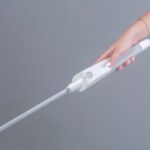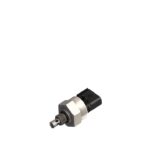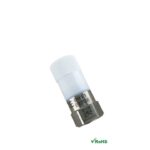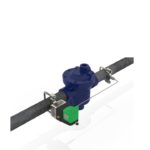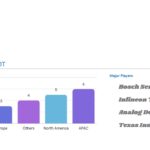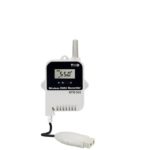The student competition for IoT designs to mitigate climate change and reduce energy consumption is back on track for 2022. Registration opens April 4.
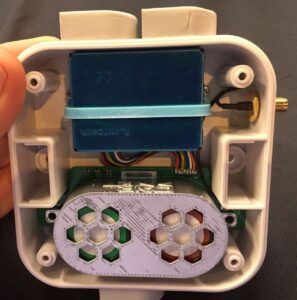
After a two-year COVID-19 hiatus, Keysight Technologies has rebooted its IoT Innovation Challenge. The Keysight Innovation Challenge 2022 student competition challenges students to design IoT devices that sense our world and provide data on environmental conditions. Graduate and undergraduate student teams compete to save the planet as well as for cash and equipment prizes (up to $30,000) for their universities. For 2022, the design goal is “to design and secure an IoT device or network of devices to monitor carbon emissions in corporate and community environments.”
The video on the competition’s home page highlights the final judging, which took place in September 2019 in New York City. I was there, having the honor of being a judge.
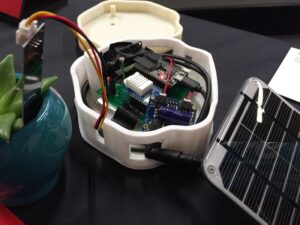
At the 2019 competition, entrants competed in two categories: smart land and smart water. Projects included those from monitoring air quality in New Zealand to measuring soil moisture in New England.
In New England, a team of MIT students developed berrysmart, a device that measures soil moisture with the goal of watering berry trees only as needed, without using excessive water. I met with the students on the MIT campus a few weeks after the finals for additional background. The MIT team took second place in the smart-water competition.
berrySmart uses a moisture sensor in the ground, an ambient-light sensor (photoresistor), and a temperature/RH sensor. The microcontroller is open-source, so farmers can add sensors such as pH if needed. It’s based around an Arduino where several devices can be stationed around a farm, connected through a Wi-Fi mesh network back to the farmhouse. There, a farmer can use a software dashboard to control watering. Modules run from batteries charged from solar panels. The photo shows a berrySmart module at the competition finals. See the video below for an overview.
Student projects have come a long way since my days as an engineering student at WPI. My Major Qualifying Project (MQP) took me months to complete. Today’s students could design and build that circuit in a weekend, then add connectivity, software, power systems, and sensors. Indeed, even projects designed by high-school students for FIRST Robotics tower over student projects of years ago.
Do you know an engineering student who wants to measure environmental parameters? If so, consider registering for the Keysight Innovation Challenge.

